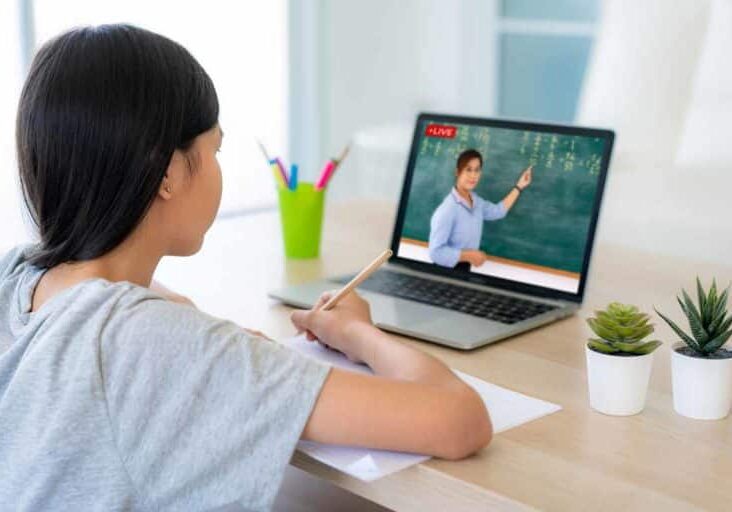In traditional classroom settings, teachers lecture while their students sit passively listening and watching, perhaps one student at a time might be called upon to reflect or answer a question. Today, this is known as a “teacher-centered” approach to learning. This typically occurs when there is no use of technology in the classroom.
In contrast, a “student-centered” approach shifts the focus of activity from the teacher to the learners. The teacher moves into a facilitator role and pays close attention to each student’s interests, abilities, and learning styles. Common student-centered learning activities include:
- active learning (problem solving, answering questions, discussing, formulating questions, debating)
- cooperative learning (collaboration with classmates)
- inquiry-based instruction
- project-based learning
These approaches personalize the learning process and significantly increase student involvement in two dimensions: breadth of individualized activities, and number of students participating concurrently. It encourages flexibility and adaptability, and fosters individual growth and development.
Technology provides educators essential tools to create a student-centered learning environment. The careful integration of technology into the classroom provides teachers and students with a limitless amount of educational resources that transform learning – inspiring creativity, collaboration, and critical thinking.
Research shows that a blended or hybrid approach to instruction is ideal for the 21st century learner. A blended approach takes advantage of the best features of both face-to-face and online educational resources. It is achieved through the careful balance of a variety of instructional approaches.
Successfully integrating technology and creating a blended, student-centered learning environment is no easy task. It requires a thorough analysis of curriculum and a critical examination of pedagogy. While there is no best way to create this environment, determining which tools to use and how to use them requires elements of creativity, experimentation, collaboration, and patience.
Today’s instructional technologies are extremely dynamic – constantly evolving to strengthen the educational impact on students and teachers. Teachers need to be flexible to this reality, trying different tools and assessing student learning and engagement as they do. This type of experimentation initially can be discomforting to teachers. It is important that schools provide the necessary support to help them be successful in this experimental process.
Partnering with the right instructional technology coach is a definitive way to provide this structured support and guidance to teachers. The integration of technology then becomes less daunting, and teachers gain confidence. This confidence provides the essential fuel to transform their pedagogical approaches and in turn create a more student-centered, blended learning environment for their students.


